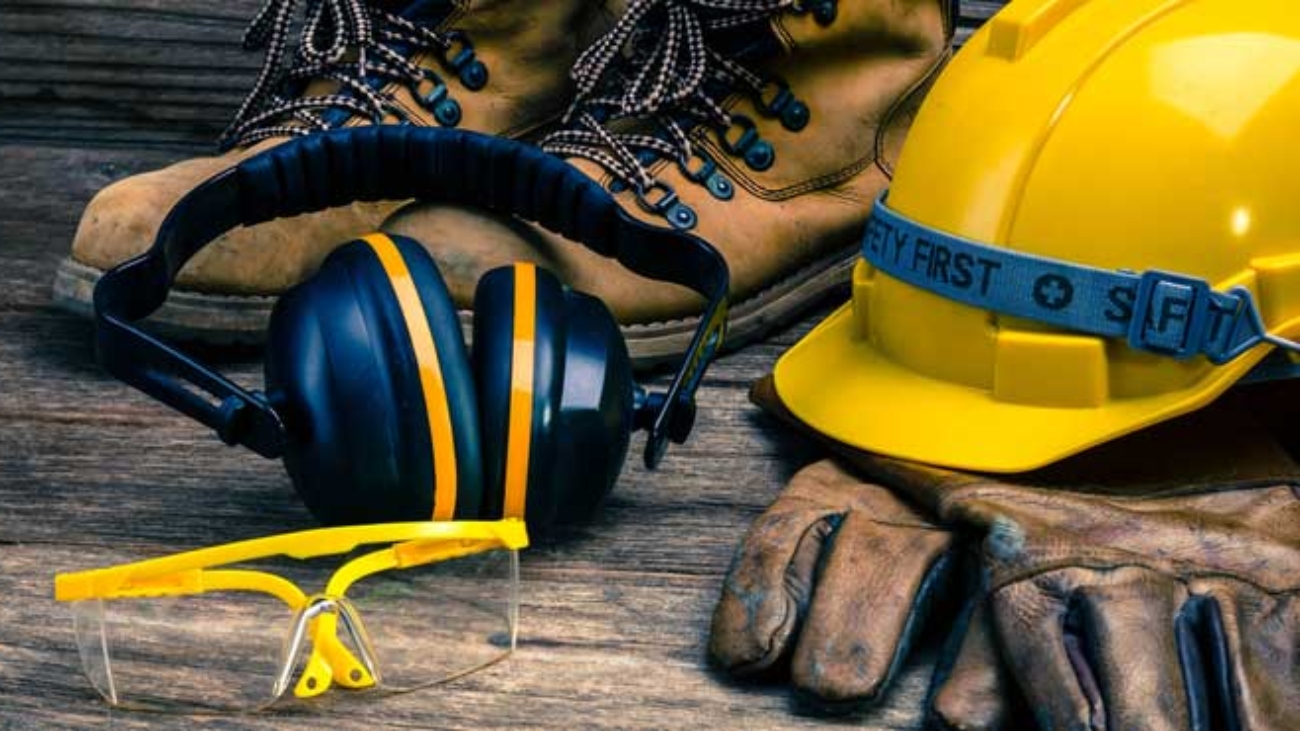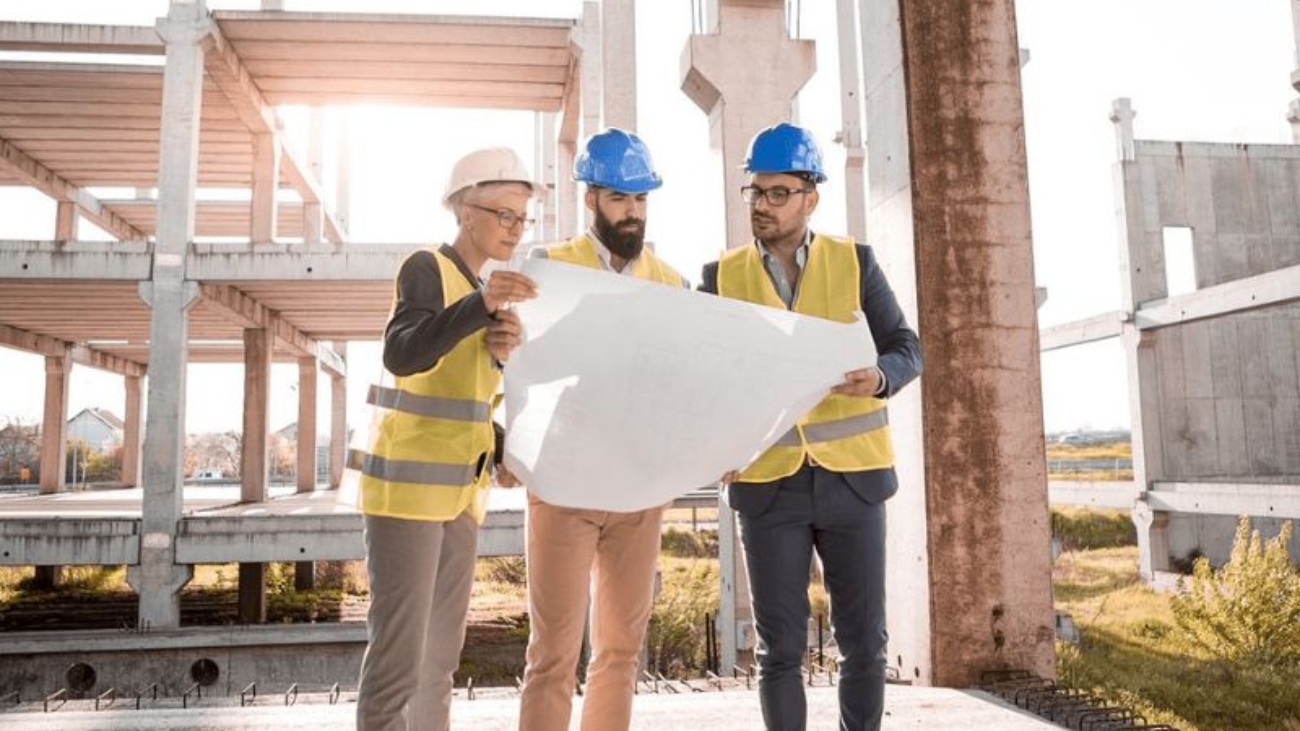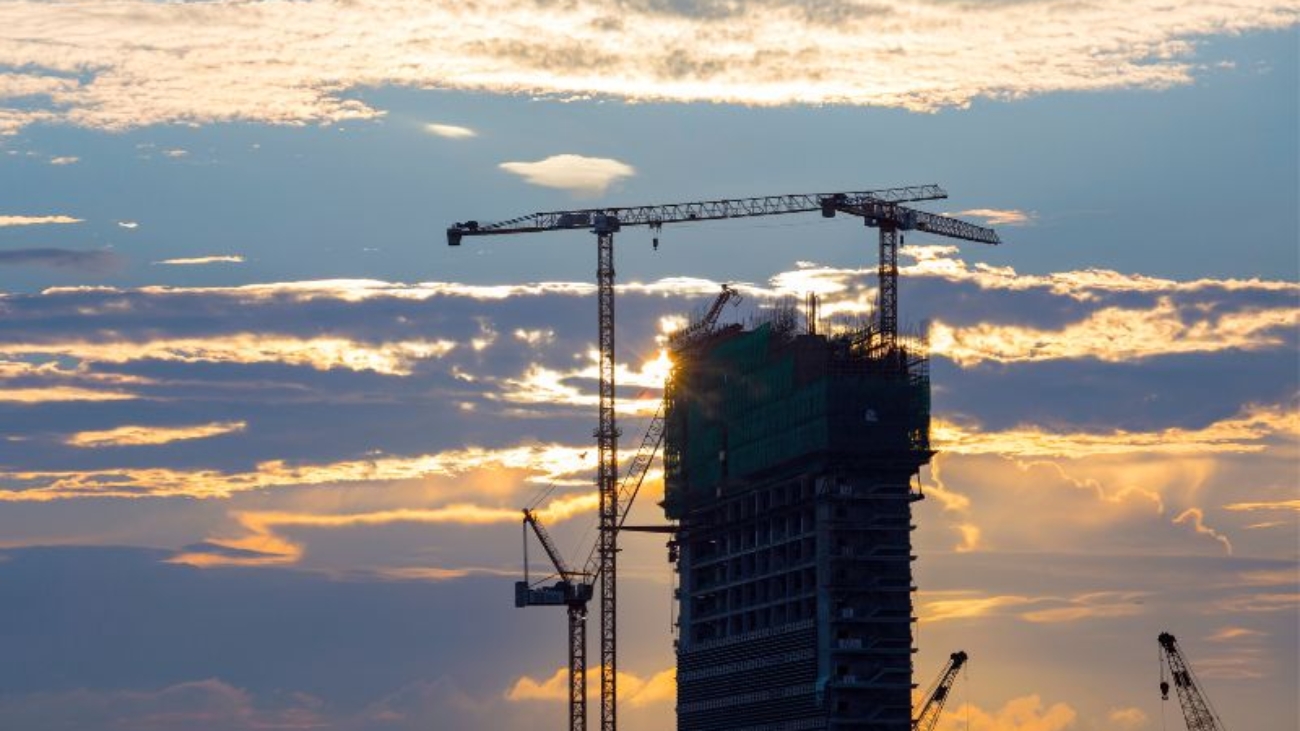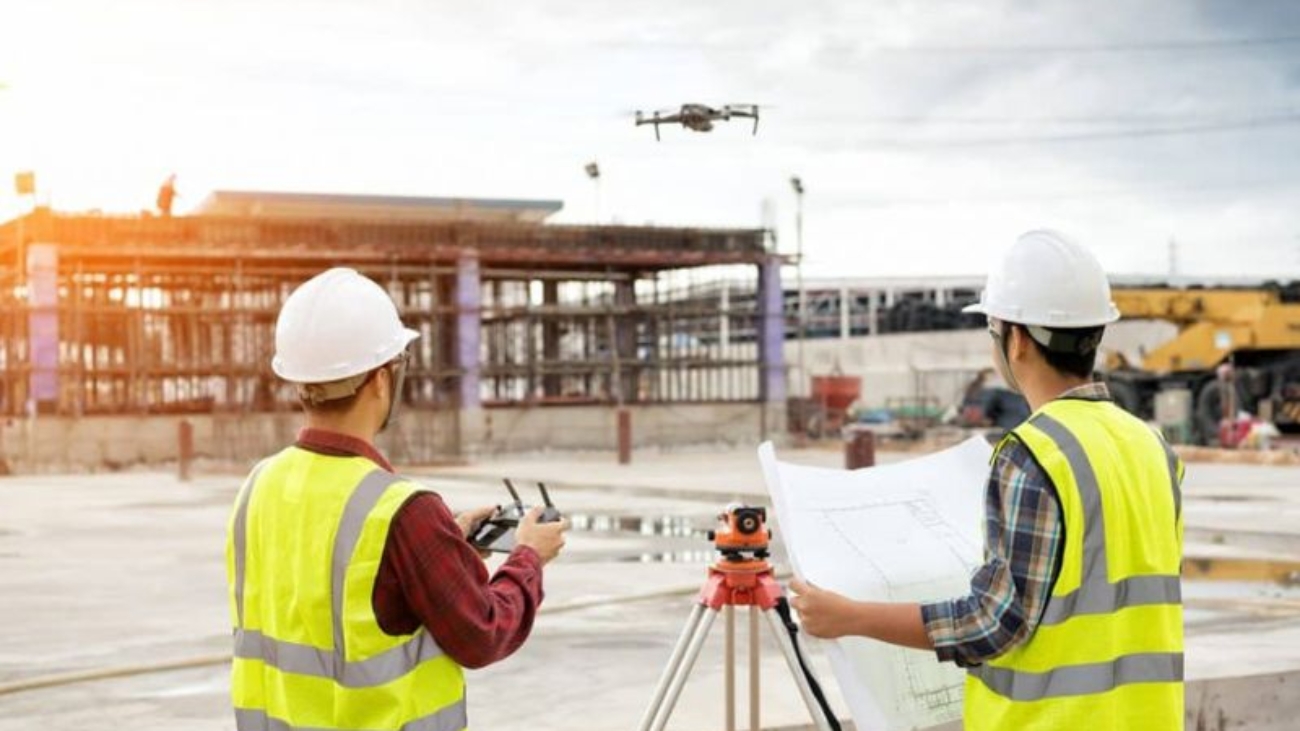The nature of the work is risky, with workers often exposed to heights, heavy machinery, and hazardous materials. As a result, construction workers face numerous health and safety challenges while on the job. It is essential that employers and employees take the necessary measures to ensure safety at all times. In this article, we will discuss five essential construction safety tips for workers.
Wear Protective Gear
Wearing protective gear is critical to minimizing injury in construction work. Personal protective equipment (PPE) such as hard hats, safety goggles, earplugs, gloves, and steel-toed boots should be worn at all times. The use of PPE is necessary to prevent injuries from falling debris, loud noises, hazardous chemicals, and sharp objects. The correct PPE must be worn based on the task at hand. Failure to wear the appropriate PPE may result in injuries or fatalities.
Practice Good Housekeeping
A clean and organized work area is crucial in construction work. Good housekeeping reduces the risk of slips, trips, and falls. All tools, equipment, and materials should be stored properly to prevent accidents. Workers should also keep their work area clean and free from debris. Any spills should be cleaned up immediately to prevent accidents. Maintaining good housekeeping practices is an easy way to prevent injuries and accidents on the job.
Use Safe Lifting Techniques
It is crucial to use safe lifting techniques to prevent back injuries. Workers should bend their knees and lift with their legs instead of their backs. It is also important to avoid lifting objects that are too heavy to lift alone. In such cases, workers should seek assistance from their colleagues or use mechanical aids such as cranes and forklifts. The use of proper lifting techniques is essential to prevent back injuries and other related accidents.
Follow Safe Operating Procedures
Operating machinery and equipment is a common task in construction work. Workers must follow safe operating procedures to prevent accidents. Operating procedures include the correct use of equipment, warning signals, and machine guarding. Workers should be trained on the safe operation of machinery and equipment before they are allowed to operate them. Any malfunctioning machinery should be reported immediately to prevent accidents.
Stay Alert and Focused
Construction work requires a high level of alertness and focus. Workers should avoid distractions and remain focused on their tasks at all times. Fatigue, stress, and other distractions can cause accidents. Workers should take breaks when needed to avoid fatigue and stay hydrated. Staying alert and focused can prevent accidents and injuries on the job.
Conclusion
Construction work is risky and requires extra measures to ensure safety. Workers should wear protective gear, practice good housekeeping, use safe lifting techniques, follow safe operating procedures, and stay alert and focused. These safety tips are essential to prevent accidents and injuries on the job. Employers should ensure that workers are adequately trained on safety procedures and have access to the appropriate safety equipment. By following these safety tips, workers can prevent accidents and injuries while on the job.





